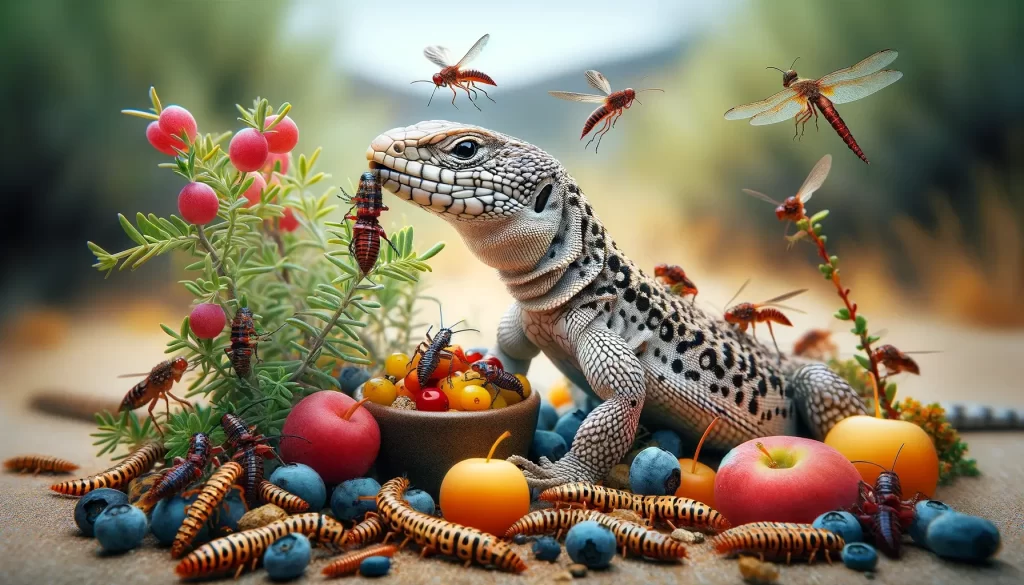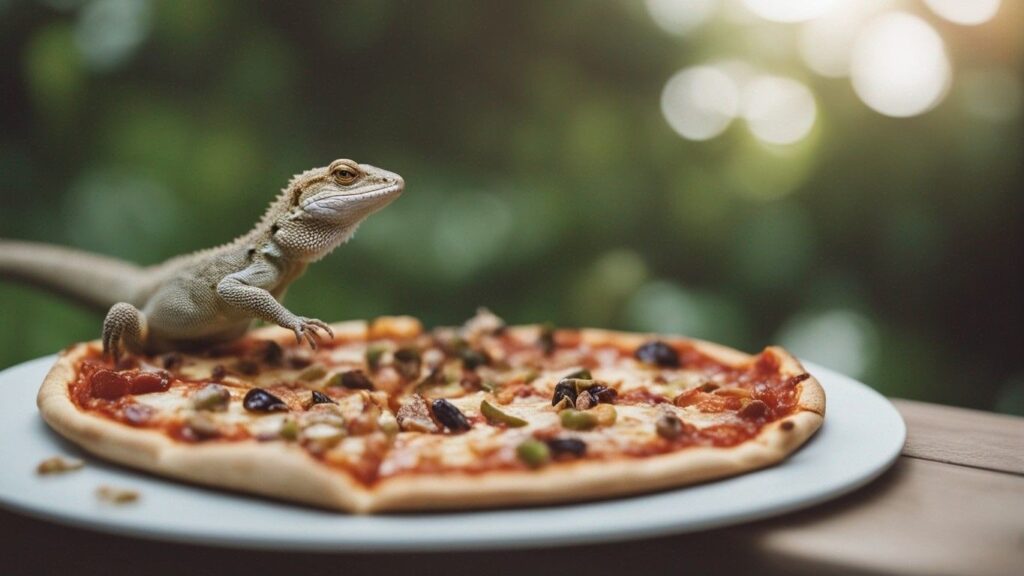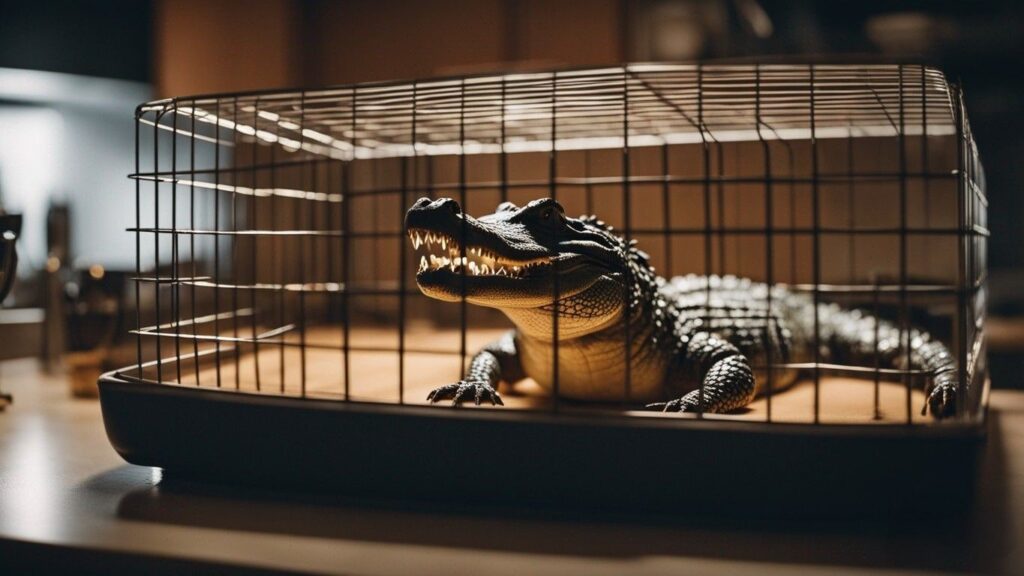
So you’re curious about the eating habits of sagebrush lizards, huh? Well, you’ve come to the right place!
In this article, we’ll be uncovering the mysterious food preferences of these fascinating creatures. From juicy insects to delectable flowers, sagebrush lizards have quite the eclectic taste.
So grab a snack and get ready to explore the culinary world of sagebrush lizards!
Habitat and Distribution
Sagebrush lizards, scientifically known as Sceloporus graciosus, are native to the western United States. These reptiles are commonly found in arid regions, specifically in habitats dominated by sagebrush shrubs, hence their name. Sagebrush lizards prefer rocky areas, such as slopes and cliffs, where they can bask in the sun to regulate their body temperature. They are most commonly spotted in desert regions, grasslands, and open woodlands.
Physical Characteristics
Sagebrush lizards display sexual dimorphism, meaning there are distinct differences between males and females.
Adult males typically have a bright blue belly, patches of blue on their sides, and orange or yellow throat patches.
These colorations become more vibrant during the breeding season to attract females. Females, on the other hand, have plain brown or gray coloration with indistinct markings.
Both male and female sagebrush lizards have slender bodies and long tails that make up a significant portion of their overall length.
They have rough scales, which aid in their ability to climb and cling to rocky surfaces. These lizards can reach a length of up to 8 inches, with the tail accounting for approximately two-thirds of their total length.
Dietary Preferences
Sagebrush lizards are omnivorous reptiles, meaning they consume a varied diet consisting of both animal and plant matter. Their diet primarily consists of insects, arachnids, mollusks, small vertebrates, and plant matter. Let’s explore each of these dietary preferences in more detail.
Insects
Insects form a significant part of the sagebrush lizard’s diet. They actively hunt and consume a wide range of insects, including grasshoppers, beetles, ants, crickets, and flies. These small but agile lizards use their excellent eyesight and quick reflexes to capture their insect prey. They employ a sit-and-wait hunting strategy, patiently observing their surroundings before striking their unsuspecting prey.
Arachnids
Like many lizard species, the sagebrush lizard also consumes arachnids. They have been observed feeding on various arachnids, such as spiders and scorpions. These arthropods provide a good source of protein and nutrients for the lizards.
Mollusks
Although mollusks are not as commonly observed in their diet, sagebrush lizards have been documented consuming snails and slugs. Mollusks often inhabit moist areas within their habitat, and the lizards take advantage of these food sources when available.
Small Vertebrates
Sagebrush lizards have been known to feed on small vertebrates, including small lizards, small snakes, and occasionally young mice. While this prey makes up a smaller portion of their overall diet, it highlights the predators’ ability to adapt and take advantage of available food sources.
Plant Matter
In addition to animal prey, sagebrush lizards also incorporate plant matter into their diet. They consume a variety of vegetation, including leaves, flowers, and fruits. They have been observed feeding on vegetation such as grasses, flowers of annual plants, and even the fruits of cacti.
Feeding Behaviors
Sagebrush lizards are diurnal, meaning they are active during the day. They spend a significant portion of their day basking in the sun to raise their body temperature and increase their overall activity levels. This behavior allows them to effectively hunt for their prey and forage for vegetation.
As sit-and-wait predators, sagebrush lizards patiently wait for their prey to come within striking distance. They use their keen eyesight to spot movement and quickly dash towards their target, capturing their prey with their agile tongues. Their quick reflexes and sharp claws aid in capturing and securing their prey.
When it comes to consuming plant matter, the lizards may take a more leisurely approach. They may nibble on leaves or flowers, using their jaws and teeth to break down plant material into smaller fragments for ingestion.

Role in Ecosystem
As predators and consumers of various insects, arachnids, and other small animals, the sagebrush lizards play a vital role in their ecosystem. By keeping population levels of certain prey species in check, they help maintain ecological balance and prevent population explosions.
In turn, the presence of sagebrush lizards influences the behavior and distribution of their prey species. The lizards’ presence may cause insects to alter their activity patterns or seek refuge in different areas to avoid being preyed upon, thus shaping the dynamics of the food web.
Additionally, as occasional consumers of plant matter, sagebrush lizards contribute to seed dispersal by passing undigested seeds through their digestive tract, aiding in the propagation of certain plant species within their habitat.
Final Thoughts
In conclusion, sagebrush lizards are versatile and adaptable creatures with a diverse diet. Their consumption of insects, arachnids, mollusks, small vertebrates, and plant matter reflects their ability to exploit a wide range of food sources within their habitat.
These reptiles play a significant role in maintaining the delicate balance of their ecosystem, serving as both predators and seed dispersers.



